How Manchester bomb trail lead to Preston
and live on Freeview channel 276
Calmly the driver steered the burgundy Ford Granada into a residents’ parking bay a couple of hundred yards from Preston railway station.
After parking the car three men jumped out and walked the short distance from Mount Street, past Bethany Convent to the station and faded into the crowd of weekend travellers.
Advertisement
Hide AdAdvertisement
Hide AdShortly after 11.15am on Saturday, June 15, 1996 the largest bomb detonated on the UK mainland since the Second World War ripped the heart out of Manchester city centre.
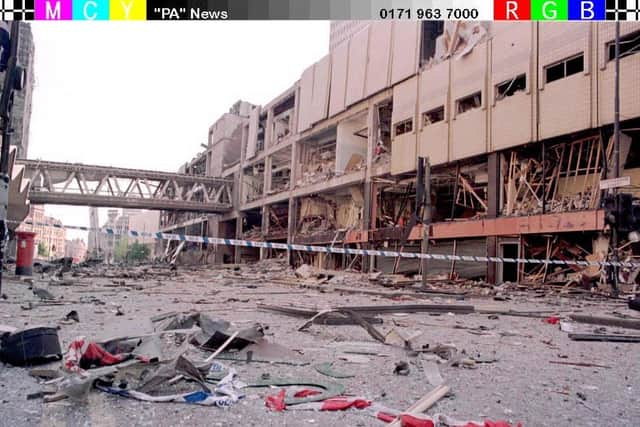

Police had managed to clear the immediate area before the blast tore into Corporation Street, between the Arndale Centre and Marks and Spencer store.
But the sheer scale of the explosion sent shards of glass from surrounding shop windows hurtling hundreds of yards along the main shopping streets, injuring 200 people.
A neighbour first noticed the MkIII Granada just 10 minutes after the bomb went off.
Advertisement
Hide AdAdvertisement
Hide AdOver the next three-and-a-half weeks the vehicle collected 12 parking tickets as it lay abandoned in the railway station bay before police made the connection with the Provisional IRA attack 35 miles away.
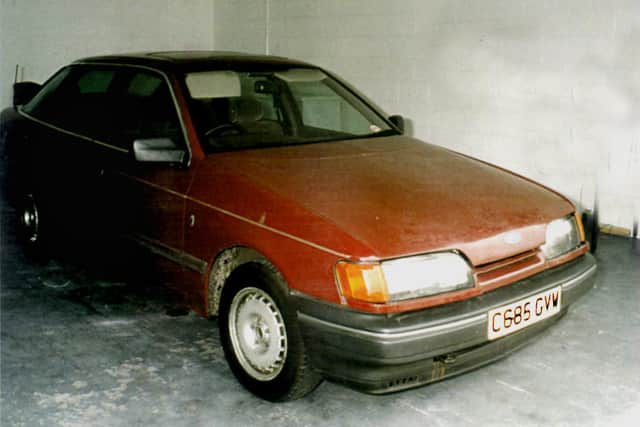

Officers had already removed the keys which had been left in the ignition of the bombers’ getaway car to ensure it was not stolen.
It was later assumed the terrorists hoped the keys would be spotted by an opportunist thief and the Granada driven off and with it a treasure trove of forensic evidence.
If their plan had been successful the car’s role in the outrage may never have been known. At the very least what clues it may have held would have been contaminated by the time it turned up.
Advertisement
Hide AdAdvertisement
Hide AdAs it was taxed and in a good condition, only the mounting number of parking tickets drew attention to C685 GVW.
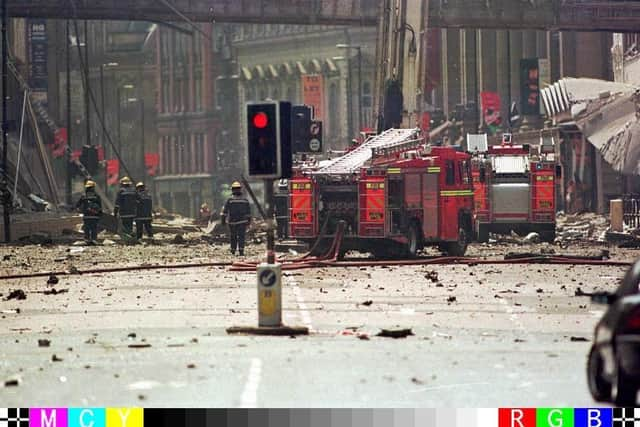

It was only after officers investigating the bombing put out an alert for the missing Granada that its significance was registered with Lancashire Police.
The suspect vehicle was found just 200 yards from Preston’s railway station and was removed to undergo microscopic testing by forensic experts at Euxton, near Chorley.
Police revealed the car had been sold three months before the attack by its previous owner in London to a man with an Irish accent using the surname Fox.
Advertisement
Hide AdAdvertisement
Hide AdDetails believe the final countdown to the outrage has began 24 hours earlier in the capital.
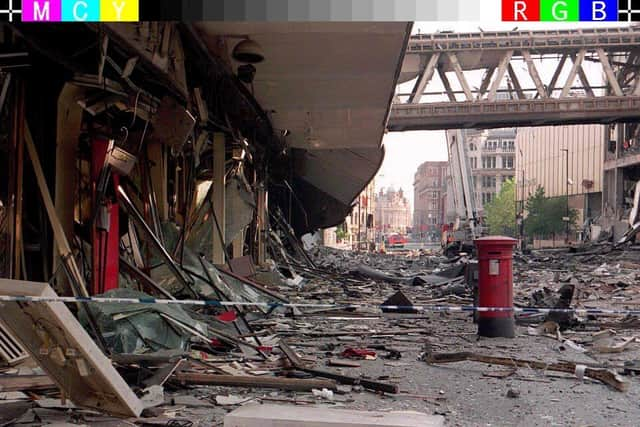

The IRA’s South Armagh Brigade is reported to have mixed the explosives from semtex and fertiliser in Ireland and shipped them by freight from Dublin to England.
Investigators believe the bomb was assembled in London and loaded into the back of the red and white Ford Cargo van used for the attack.
On the evening of Friday, June 14 the van was driven north on the M1 to Manchester, accompanied by the Ford Granada, which served as a ‘scout car’.
Advertisement
Hide AdAdvertisement
Hide AdThe convoy hid away overnight and early the following morning the vehicles were again spotted travelling east along the M62 motorway towards Manchester.
At about 9.20am, the Ford van was parked on Corporation Street, outside the Marks and Spencer store, near the Arndale Centre, in the heart of Manchester city centre.
After setting the bomb’s timer, two men – wearing hooded jackets, baseball caps and sunglasses – left the vehicle with its hazard lights flashing and walked to Cathedral Street, where a third man picked them up in the Ford Granada at around 10.15am.
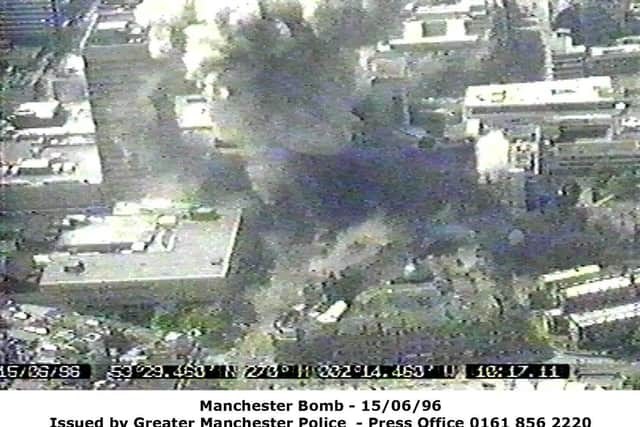

At about 9.38am a man with an Irish accent telephoned Granada Studios in Manchester claiming that there was a bomb at the corner of Corporation Street and Cannon Street, which would explode in one hour.
Advertisement
Hide AdAdvertisement
Hide AdThe caller used a recognised IRA codeword so police would know the threat was genuine and three other telephoned warnings were sent to Sky TV, the North Manchester General Hospital and the Garda in Dublin.
Up to 80,000 people were thought to be in the vicinity on the Saturday morning as police evacuated the shopping area ahead of the arrival of a bomb disposal team. By 11.10am a cordon had been established a quarter of a mile from the truck in all directions.
But the bomb squad was unable to defuse the 3,000lb bomb in time and the explosion left more than 200 people injured and caused £700m in damages.
Not a single building within half a mile of the scene escaped unscathed by the blast. Every window in the area was blown out, sending of shards of glass in all directions.
Advertisement
Hide AdAdvertisement
Hide AdThe explosion could be heard from 15 miles away and left a crater in the road which was 15 metres wide.
A total of 212 people were injured, some cut down by razor-sharp debris, others blown off their feet as the shock wave spread out and even turned 90-degree corners.
Yet, incredibly, no one was killed thanks to a combination of amazing luck and a remarkable evacuation operation carried out by heroic emergency services.
The explosion prompted a massive rebuilding programme and 25 years on large parts of Manchester city centre are unrecognisable.